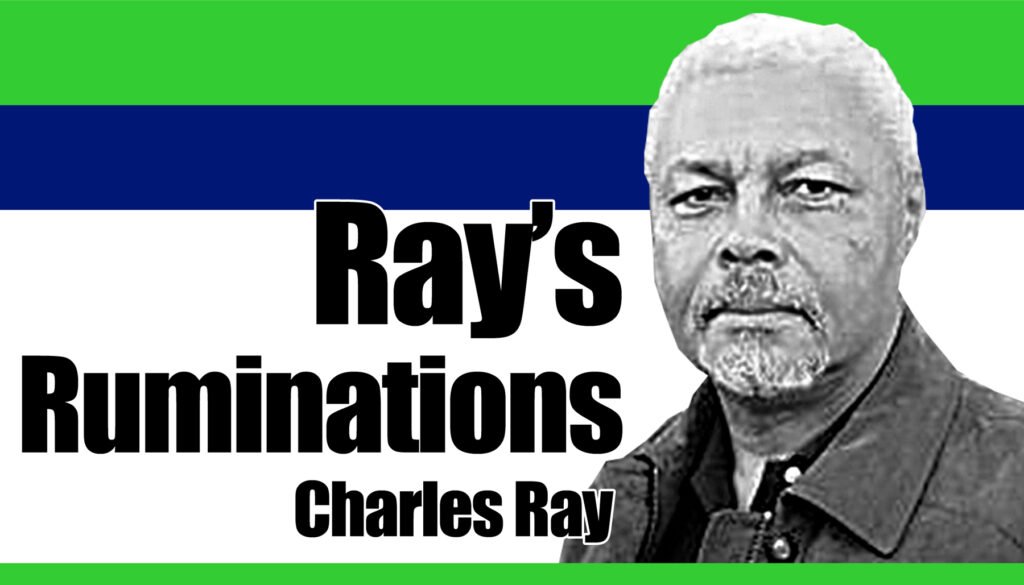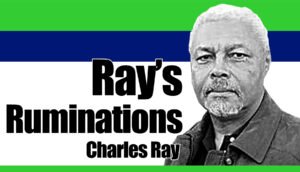
Cursive writing, known by some as ‘joined writing,’ is a style of writing in which characters are written in a flowing style without breaks between them. Theoretically, this makes writing faster—handy for taking notes in meetings—and, when done well, has a pleasing appearance.
As a child, I recall my early school years when, after learning to block print the alphabet, I spent many weeks learning how to write he same letters in cursive, called ‘handwriting’ when I was a student in the 1950s.
I recall being particularly confused by the differences between block print and cursive in some letters, especially the ‘J’ and ‘Z’, but I hung in there, and by the time I was in fourth grade, my handwriting was better than my printing, and now, many, many decades later, I still write cursive much better than I print.
But, in the United States at least, I am a rarity, because few schools here teach cursive anymore. I taught a college writing class for eight years in summer school, and less than ten percent of my students could write or read cursive.
This is really distressing to me, both as a parent—who, by the way, taught his children to write cursive—and as a writer and historian. Inability to write, and as a consequence read, cursive, in any language, deprives the individual of first-hand insights into his or her culture and history that can be achieved by reading original documents. But, there are other benefits to the individual and to society at large from learning cursive.
Cursive writing improves brain function by stimulating brain activity and enhancing learning by synchronizing brain waves and increasing electrical activity in the brain. It helps to build fine motor skills and dexterity, which are essential to overall physical coordination.
Cursive writing strengthens the individual’s neural pathways, improving cognitive abilities and overall mental effectiveness. Writing in cursive provides a kind of natural flow of thought and expression, making your writing more fluid and engaging. Those who maintain that cursive writing is faster are absolutely right.
I was a diplomat for thirty years, and during my career, I often found myself needing to take quick notes on complex topics for later reference. Trying to block print everything a government official said in a meeting is unpleasant, challenging, and often leads to inaccuracies.
I’ve found that writing in cursive when I’m doing research helps me to retain the information better. This was true when I was in school, and is now as I do research for my novels.
So, the bottom line is, if your child’s school does not teach at least elementary cursive writing, encourage them to do so, even if it’s just one class session per week. If that fails, find a writing guide—online or in an antique book store—and teach your child yourself.
If you weren’t fortunate enough to have learned cursive in school, you can work along with your child, benefiting both of you, not just in the new skill you’re learning, but in the chance for bonding that it provides. | NWI




